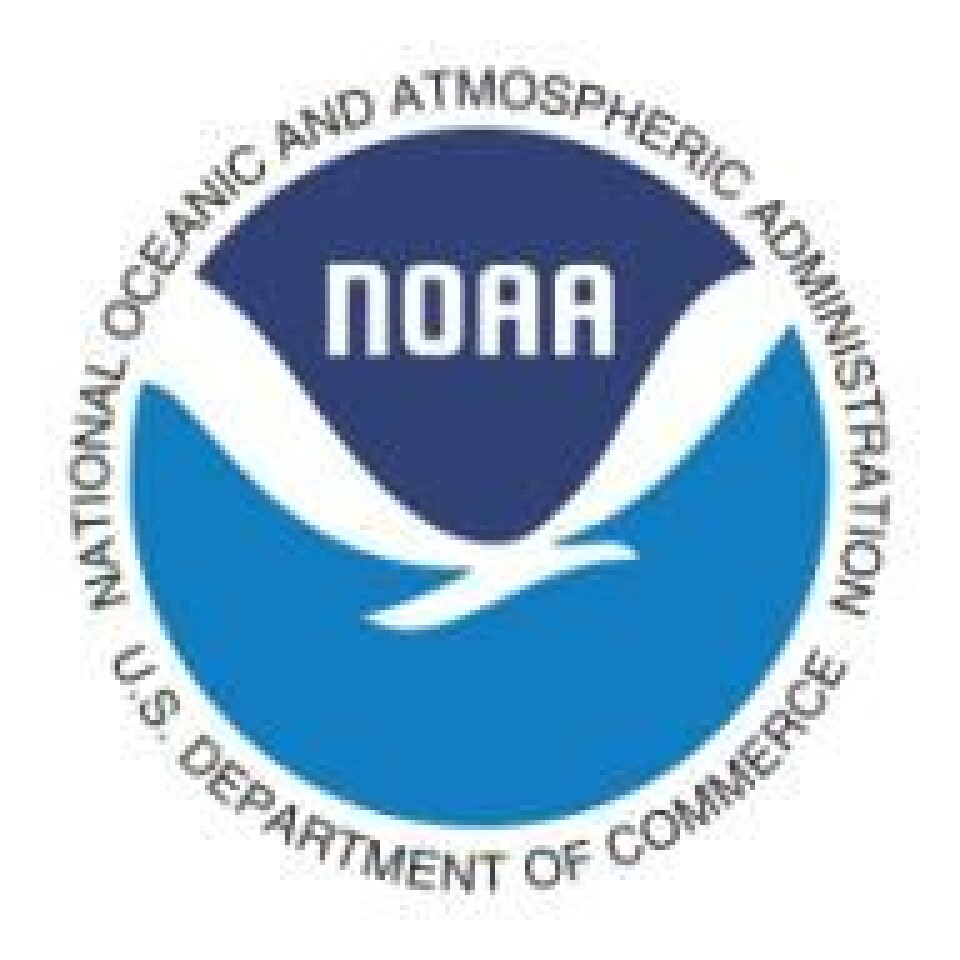ep_bilder
NOAA releases new report on marine aquaculture
Odd Grydeland In its “FishNews” edition of October 14, 2009, the National Oceanic and Atmospheric Administration announces that a “New Report Focuses on Technology Research Needs for U.S. Marine Aquaculture; NOAA's Aquaculture Program has released a new report, "Overcoming Technical Barriers to the Sustainable Development of Competitive Marine Aquaculture in the United States". The 120-page report is based on the discussions and outcomes of a meeting sponsored by NOAA and the National Institute of Standards and Technology (NIST) in February 2008. Edited by Craig Browdy and John Hargreaves, the report identifies aquaculture technology research needs in the United States with a focus on overcoming technical barriers for environmentally and economically sustainable marine aquaculture. The four technologies addressed in the report are:
- Land-based production of marine shrimp;
- Land-based production of marine finfish;
- Coastal shellfish production; and
- Cage production of marine finfish”.
Some detailed information contained in the introduction to the report states that; “Aquaculture is the fastest growing form of food production in the world. It is also a significant source of protein for people in many countries, including the United States. Globally, nearly half the fish consumed by humans is produced by fish farms. This worldwide trend toward aquaculture production is expected to continue. At the same time, demand for safe, healthy seafood is also expected to grow. It is clear that the United States needs a robust aquaculture industry to meet rising seafood demand and to enhance domestic commercial and recreational fish and shellfish stocks. Technology innovation is a major source of the nation’s economic well-being. Therefore it is critical to identify the technological roadblocks which impede innovation as well as identify the needs in measurements which are linked to technology innovation. The primary function of the Addressing Barriers to Technological Innovations in Aquaculture workshop was to generate information from private and public sectors to ensure that the nation’s innovation and measurement needs in aquaculture were identified. If financial and other resources are made available and there is sufficient stakeholder interest, a research and innovation action plan could be developed based on this assessment. The National Institute of Standards and Technology (NIST) and the National Oceanic andAtmospheric Administration (NOAA) jointly facilitated the Addressing Barriers to Technological Innovations in Aquaculture workshop. Other key agencies in aquaculture also participated as part of the workshop steering committee, including the U.S. Department of Agriculture (USDA) and the Food and Drug Administration (FDA). Founded in 1901, NIST is a non-regulatory federal agency within the U.S. Department of Commerce. The NIST mission is to promote U.S. innovation and industrial competitiveness by advancing measurement science, standards, and technology in ways that enhance economic security and improve our quality of life. As a federal agency, under the U.S. Department of Commerce, NOAA is at the forefront of a national initiative to help the United States become more self-sufficient in the production of seafood. This initiative is based on sustainable commercial marine fisheries complemented by robust domestic aquaculture production”.























































